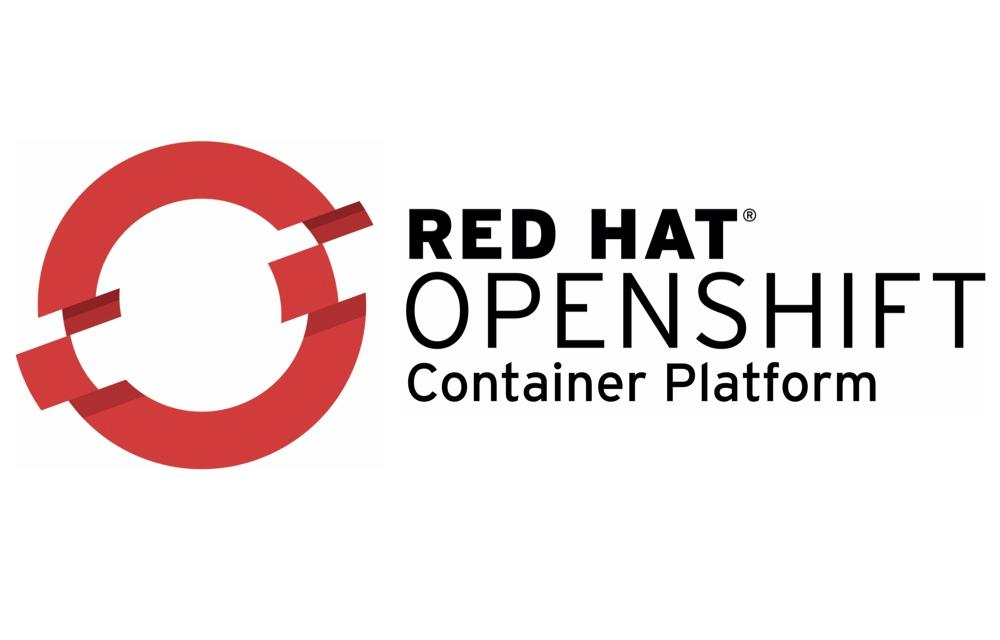Introduction
So, OKD is the community distribution of Kubernetes optimized for continuous application development and multi-tenant deployment. You can add developer and operations-centric tools on top of Kubernetes to enable rapid application development. Launching Openshift container lab on VirtualBox simplifies running and updating clusters with the tools containerized applications succeed.
Hardware requirement Openshift container lab
First, 10GB of memory
And, CPU 2
Install OS of your choice
So, Could be Ubuntu or Centos
Install Docker or Podman to VirtualBox Openshift container lab
Then, you should try this tutorial for installing podman.
Update the OS
For Ubuntu
# apt update -yFor Centos
# yum update -yDownload the openshift executable from the link.
# cd /tmp/
# curl -Lso oc-cli.tgz https://github.com/openshift/origin/releases/download/v3.11.0/openshift-origin-client-tools-v3.11.0-0cbc58b-linux-64bit.tar.gzThen, setup commands for Openshift container lab
# tar -xvzf oc-cli.tgz
# cp openshift-origin-client-tools-v3.11.0-0cbc58b-linux-64bit/oc /usr/local/bin/
# cp openshift-origin-client-tools-v3.11.0-0cbc58b-linux-64bit/kubectl /usr/local/bin/
# chmod +x /usr/local/bin/oc
# chmod +x /usr/local/bin/kubectl
Then, now start openshift service
# oc cluster up --public-hostname=${OPENSHIFT-IP}
Open a browser and try openshift console

Openshift container lab Console using developer account

So, key features and benefits
Open-source standards – Incorporates both Open Containers Initiative (OCI)/Docker-formatted containers and Kubernetes for container orchestration, in addition to other open source technologies. Users are allowed to a specific vendor’s technology or business roadmap.
Self-service provisioning – Developers can quickly and easily create applications on-demand from the tools they use most, while operations retain complete control over the entire environment.
Persistent storage – By providing support for persistent storage, the OpenShift Container Platform allows users to run both stateful applications and cloud-native stateless applications.
Polyglot, multilanguage support – Developers can easily use various languages, frameworks, and databases on the same platform.
Automation – Streamlined and automated container and application builds, deployments, scaling, health management, and more are standard with OpenShift Container Platform.
User interfaces – Developers have direct access to a rich set of command-line tools, a multi-device web console, an Eclipse-based integrated development environment (IDEs), such as Red Hat CodeReady Studio (aka JBoss ® Developer Studio) and container-native CodeReady Workspaces.
Operational management – Red Hat Monitoring included in the OpenShift Container Platform gives users real-time visibility into their containerized application and infrastructure.
Scalability – Applications running on the OpenShift Container Platform can quickly scale to thousands of instances across hundreds of nodes in a matter of seconds.
Robust ecosystem – An ever-expanding ecosystem of partners provides a wide variety of integrations. These third parties offer additional storage and network providers.
Container portability – Built on a standardized Linux container model powered by Red Hat application programming interfaces (APIs), applications created on OpenShift Container Platform can efficiently run anywhere that supports Docker-formatted containers.



